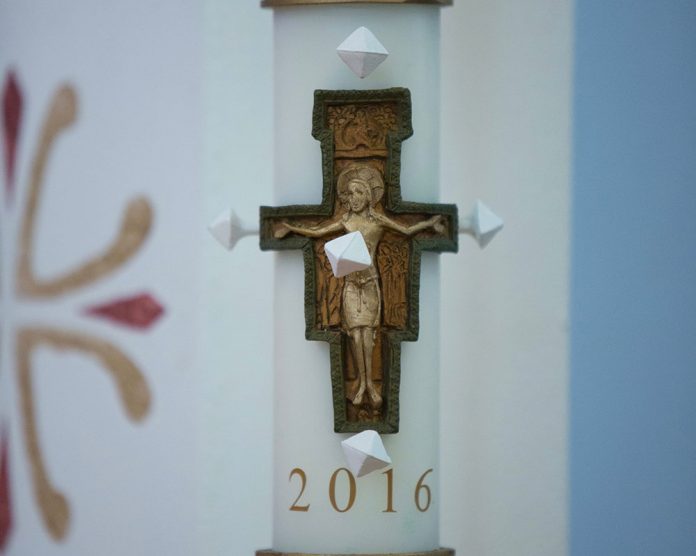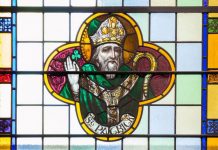
by Anthony Mampilly
In today’s high-tech world, our students stay connected with their classmates and peers using umpteen gizmos and gadgets: cell phones, smart phones, social networking options, and online applications. Any effort to introduce religious education with this medium has the potential of exciting students and keeping them engaged. In the fifth-grade religious education class of Queen of Peace in Queens, New York, we have successfully used the technology and would like to share this so that any instructor could use this time-tested and successful model.
The Approach
The assignment we undertook was to develop a digitized version of the Way of the Cross. We used a project-based approach to this assignment.
After communicating our intentions to the DRE and receiving approval, we moved ahead with the project. We determined that this project would take a few weeks to complete, and so it was important that students regularly attend the sessions. This brought about a sense of ownership and accountability to the young minds and helped them realize that, in a team project, each individual has his or her unique role and responsibilities, and that everyone has to play their parts well.
The Process
Each child was assigned a Station. He or she had to draw a picture of the Station and write a prayer or reflection for it. Two sessions were dedicated to this activity. Each fifth-grade classroom had all the tools and materials necessary for the project.
The students were directed to follow a format. Their work should include a drawing of the Station, the title of the Station, the number of the Station, and their name. After completing their drawings, students were given another sheet of paper on which to write their prayers or reflections.
The beautiful hand-drawn images from the Way of the Cross were scanned and each student recorded his or her prayer or reflection. Each Station was woven into a story narrated by the children themselves. A movie-maker software program was used to edit the voices and align them with the images.
A DVD of the movie was produced and shared with other students in the program and the rest of the team. Each student got a DVD for his/her personal record as well. You can see what the finished product looks like at Bit.ly/TwRqDT.
The Challenges
Not everything was easy along this journey. A class is typically diverse, with varying levels of capability for each student. Some students are extremely quick learners and some need extra help.
We encouraged students who finished first to help students who were struggling. This had the added benefit of making students sensitive and respectful of others.
The Rewards
With the grace of God and the support and co-operation of all the children, these challenges were manageable and the students completed this assignment successfully.
This exercise went a long way to help the children understand the meaning of the Way of the Cross. In their own personal way, they could express what Jesus’ Passion means to them. They could also share their work with their classmates and families.
Anthony Mampilly is a former religious education instructor for fifth-grade students at Queen of Peace Church, Queens, NY. As a part of the curriculum, he teaches Sacraments, the creed, the teachings of Christ, and the Passion of Christ. During the week Anthony is also a project manager and works with a leading corporation and manages its IT projects.
Copyright 2013, Bayard, Inc. All rights reserved. This article is protected by United States copyright and other intellectual property laws and may not be reproduced, rewritten, distributed, redisseminated, transmitted, displayed, published or broadcast, directly or indirectly, in any medium without the prior written permission of Bayard, Inc.
This article was written by the Catechist Staff and appeared in Catechist magazine, May 2013.




